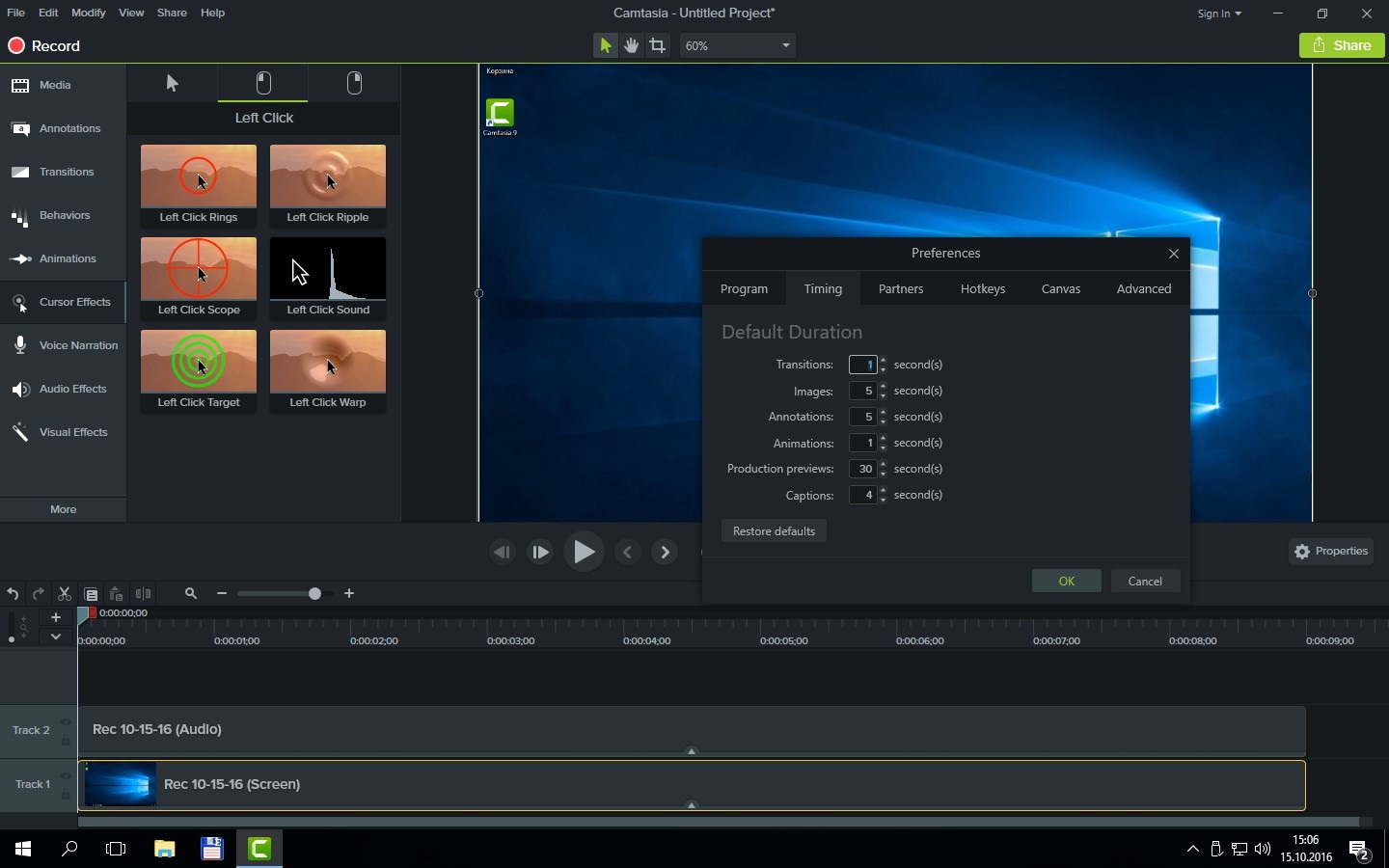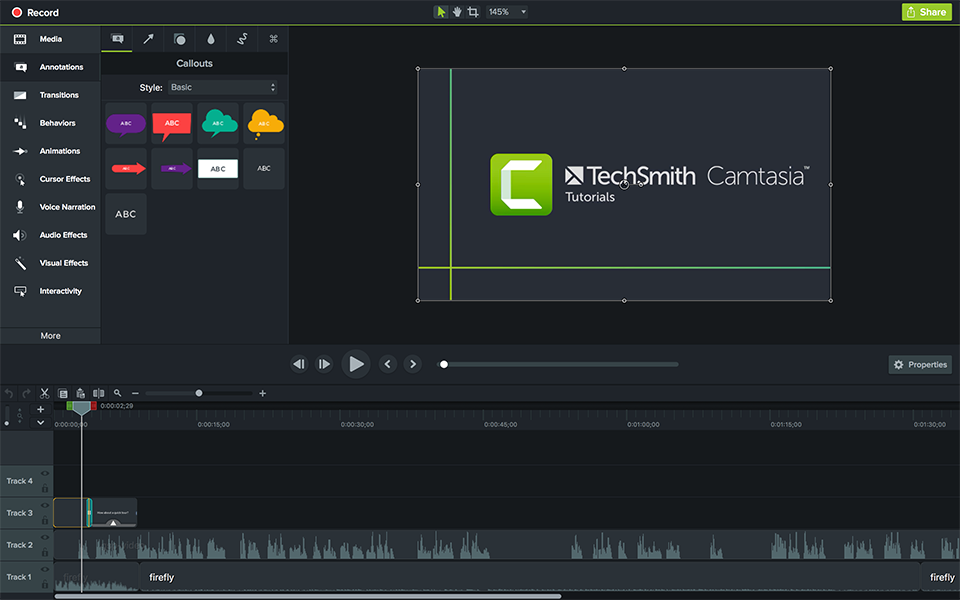
A dangling pointer is freed again in the destructor once an exception is triggered. MP4Atom::factory in mp4atom.cpp in MP4v2 2.0.0 incorrectly uses the MP4ItemAtom data type in a certain case where MP4DataAtom is required, which allows remote attackers to cause a denial of service (memory corruption) or possibly have unspecified other impact via a crafted MP4 file, because access to the data structure has different expectations about layout as a result of this type confusion.Ī double free exists in the MP4StringProperty class in mp4property.cpp in MP4v2 2.0.0. Untrusted search path vulnerability in TechSmith Snagit all versions 10.x and 11.x allows local users, and possibly remote attackers, to execute arbitrary code and conduct DLL hijacking attacks via a Trojan horse dwmapi.dll that is located in the same folder as a snag, snagcc, or snagprof file.

In TechSmith SnagIt 11.2.1 through 20.0.3, an XML External Entity (XXE) injection issue exists that would allow a local attacker to exfiltrate data under the local Administrator account. The vulnerability was introduced in SnagIT Windows 12.4.1. TechSmith Relay Classic Recorder prior to 5.2.1 on Windows is vulnerable.

UploaderService in SnagIT 2019.1.2 allows elevation of privilege by placing an invalid presentation file in %PROGRAMDATA%\TechSmith\TechSmith Recorder\QueuedPresentations and then creating a symbolic link in %PROGRAMDATA%\Techsmith\TechSmith Recorder\InvalidPresentations that points to an arbitrary folder with an arbitrary file name. MP4Integer32Property::Read in atom_avcC.cpp in MP4v2 2.1.0 allows remote attackers to cause a denial of service (heap-based buffer overflow and application crash) or possibly have unspecified other impact via a crafted MP4 file. NOTE: Exploit of the Snagit installer would require the end user to ignore other safety mechanisms provided by the Host OS. ** DISPUTED ** A vulnerability in the Windows installer XML (WiX) toolset of TechSmith Snagit 19.

NOTE: This implies that Snagit's use of OLE is a security vulnerability unto itself and it is not. uses Object Linking and Embedding (OLE) which can allow attackers to obfuscate and embed crafted files used to escalate privileges.


 0 kommentar(er)
0 kommentar(er)
